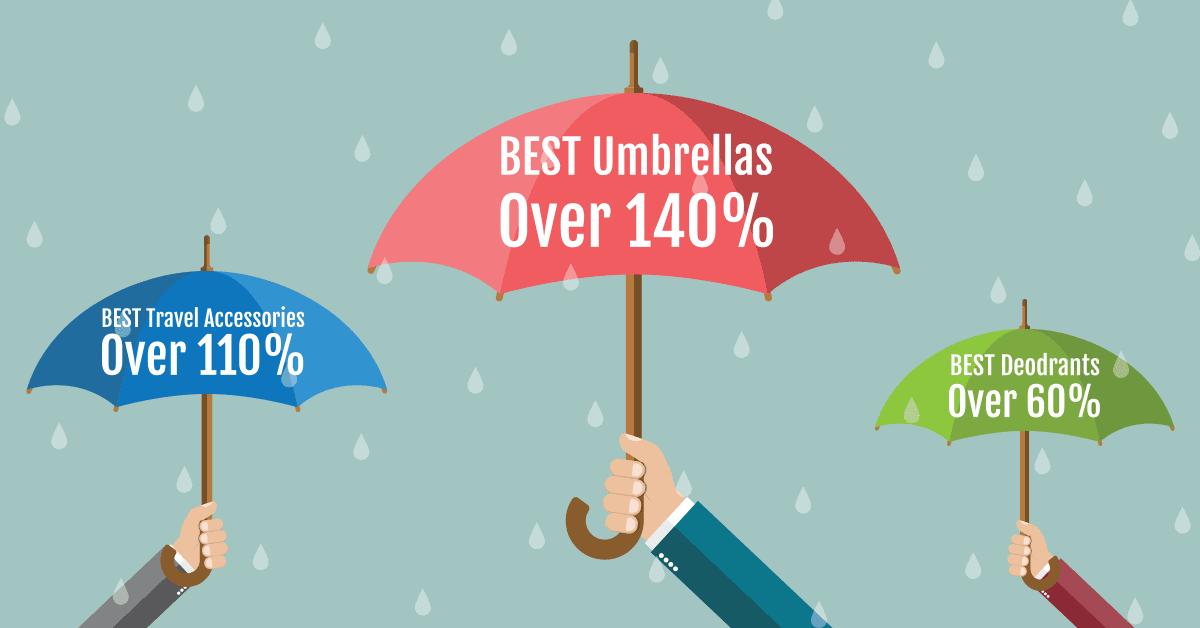
Search has become a huge asset for consumers. Each day more and more people are discovering how helpful it can be to search out the advantages of purchasing one brand over another; from refrigerators to new homes.

But, when they search, no matter how high your product is placed on the results page, you must be there, on every screen, so that when the consumer needs you, you are able to deliver. This can be accomplished by targeting your specific audience, and using consumer data to optimize your ad campaigns on the fly using programmatic advertising. This becomes evident when you consider that nearly four out of five digital display dollars have transacted programmatically in 2017, totaling $32.56 billion. In fact, 62% of media-buying executives who have increased adspend towards programmatic TV in 2017 have said that the main benefit of doing so is reaching a more targeted audience.
Nowadays, the item being searched for doesn’t need to be a life-changing purchase to compel shoppers to search for the “best” list. In light of the fact that consumers now have an unfettered supply of information at their fingertips, the searching has spread to items that at one time may have been considered minutia. As an example, over the last two years, mobile searches for “best toothbrush” have increased by more than 100%1. A few other examples of categories that show major growth in the “best” mobile searches are:2
- Best umbrellas (over 140%)
- Best travel accessories (over 110%)
- Best deodorants (over 60%)

But, hold your horses, Mr. Marketer … there are a couple more words that have been increasing in mobile search for the last two years, as well. They are phrases ending in “to avoid” and “worst.” In fact, these searches have grown 1.5X since 2015.3 Another search term that has increased substantially (more than 80%) is “Is ____ worth it?"4
We’ve all experienced it … checking with trusted friends before heading out to buy a particular item; calling for a “gut check.” That’s because we want to avoid making a bad decision. Now, we are turning more and more to search in order to learn what not to buy.
Consumers are now conducting searches in order to avoid making the wrong decision, not just the right one. The savvy marketer will admit that it does make sense, and that it’s important for them to pay close attention to. It actually affords brands the opportunity to achieve better search results-knowing what they’re up against.
This growing group of searchers should not be viewed as a negative element. They’re not e-commerce “negative Nancys,” and they’re not social media users on a rant to demean anyone. They are just doing their best to avoid making a bad choice. Before spending their hard-earned money for an item, they want to see what other purchasers have had problems with, and avoid sharing that same frustration. Obviously, one or two negative reviews may not mean much, but when you see a commonality amongst several consumers’ experiences, that is a definite red flag, qualifying the item for the “to avoid” list.

The term, “Does it work?” has become very popular on YouTube. The viewing time of these “Does it work?” videos has increased by more than 11X over the last two years.5 This is especially true of items such as weight-loss products, electronics and self-help materials.
As you monitor the search terms regarding your product, you may find that people are avoiding it because someone has added you to the dreaded “It’s not worth it,” or “It doesn’t work” categories. Don’t waste time worrying about it. This is an opportunity to recognize a problem, and get it fixed right away. If you know that it is truly worth it, create and promote content that tells them exactly why it IS!
Sources (5)
1 Programmatic TV Survey (US, May - June)
2,3 & 4 Google Data, U.S. Jan. - June 2015 vs. Jan. - June 2017
5 YouTube Data, U.S., Classification “does it work” videos were based on public data such as headlines, tags, etc., and may not account for every such video available on YouTube, Jan.-June 2015 and 2017



